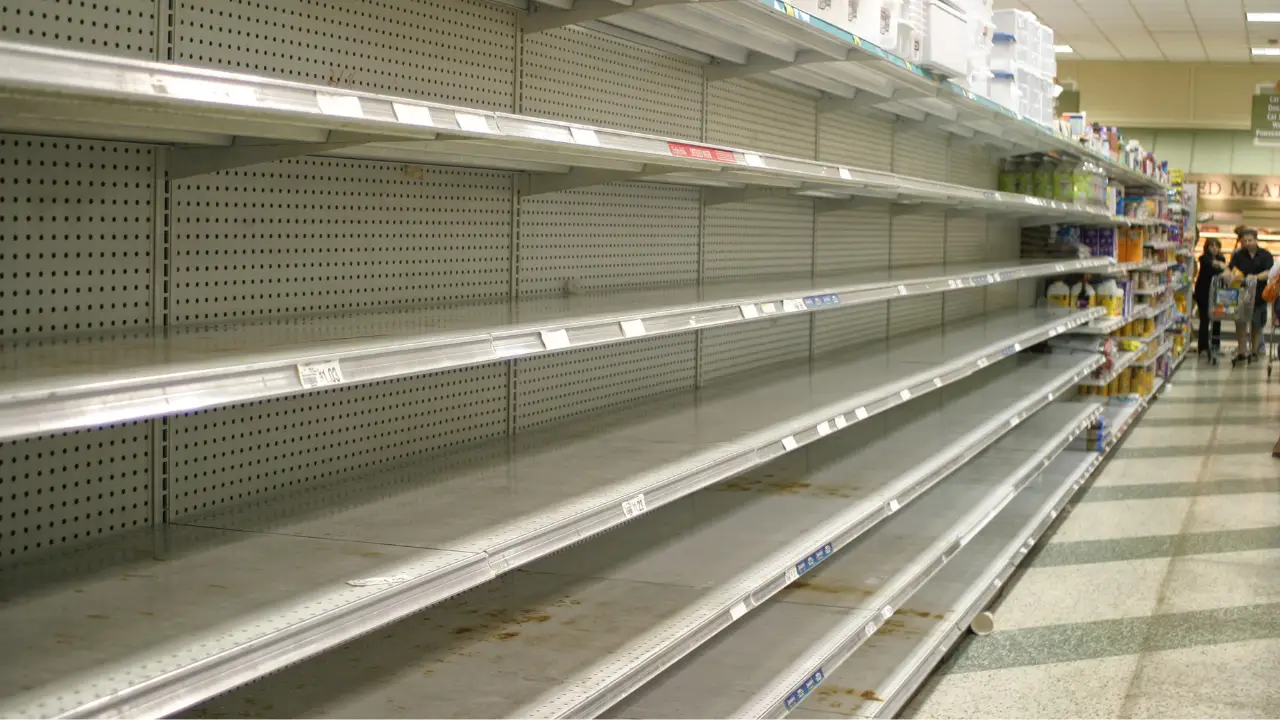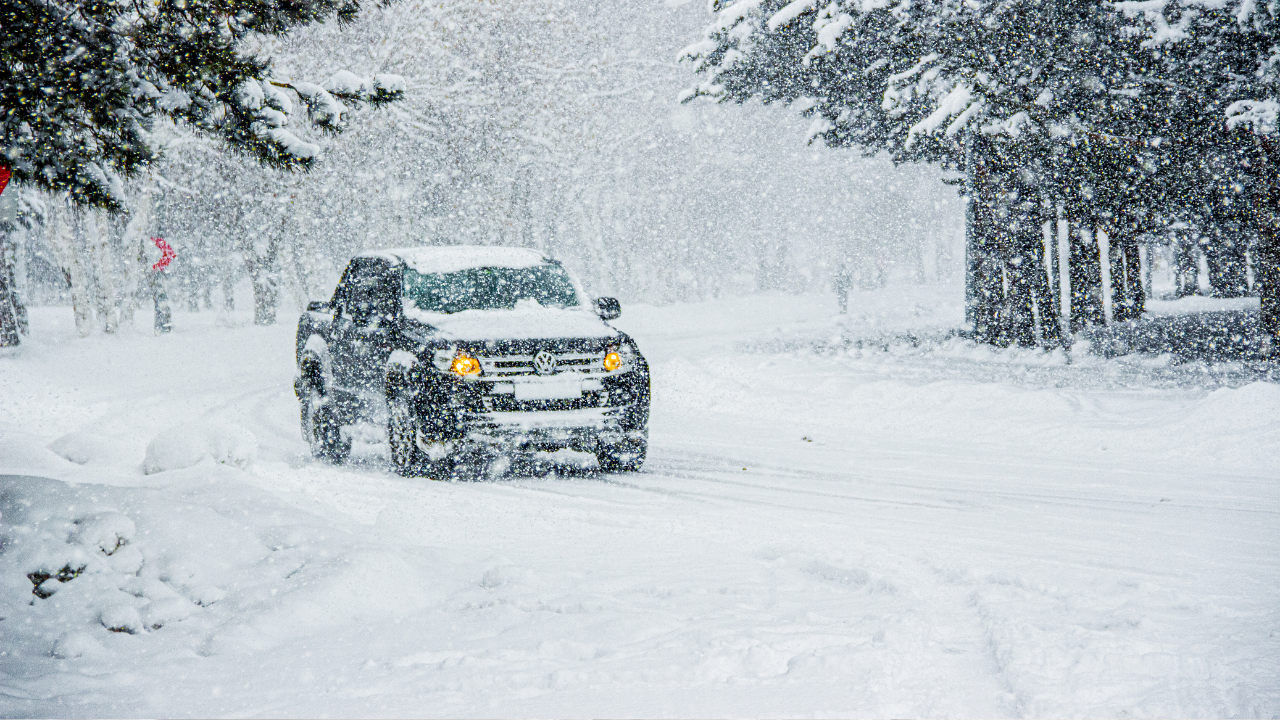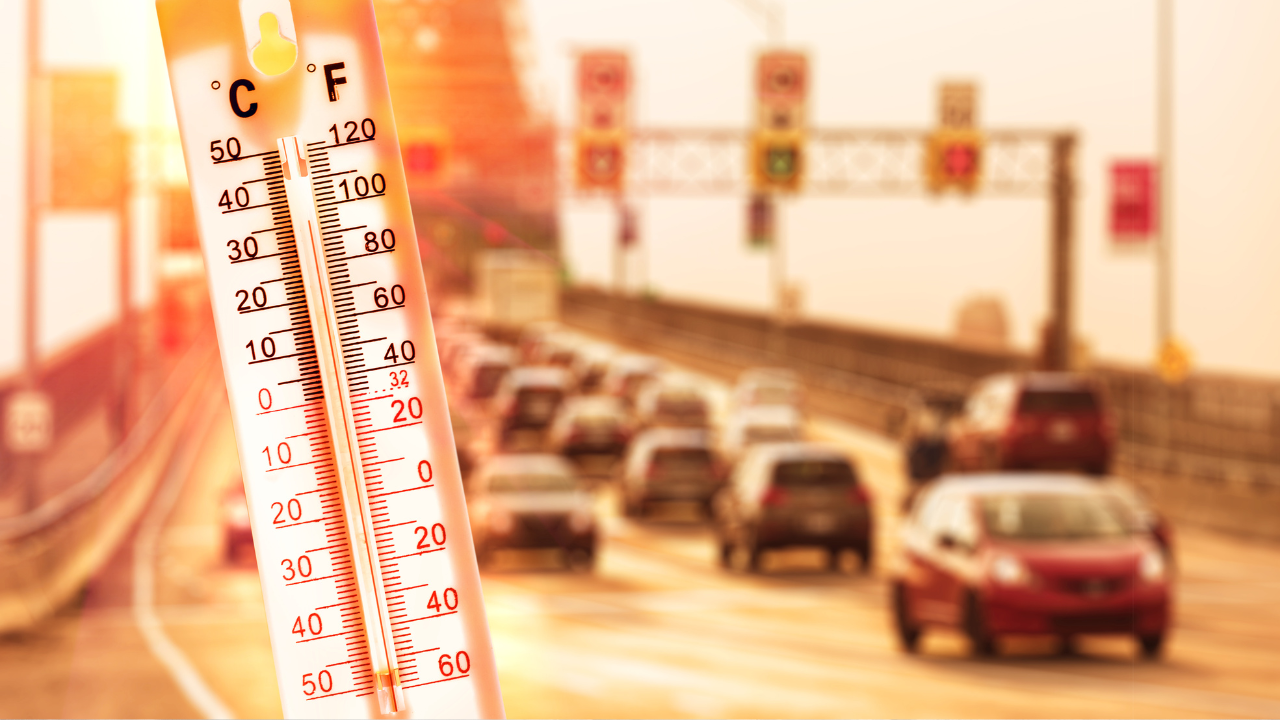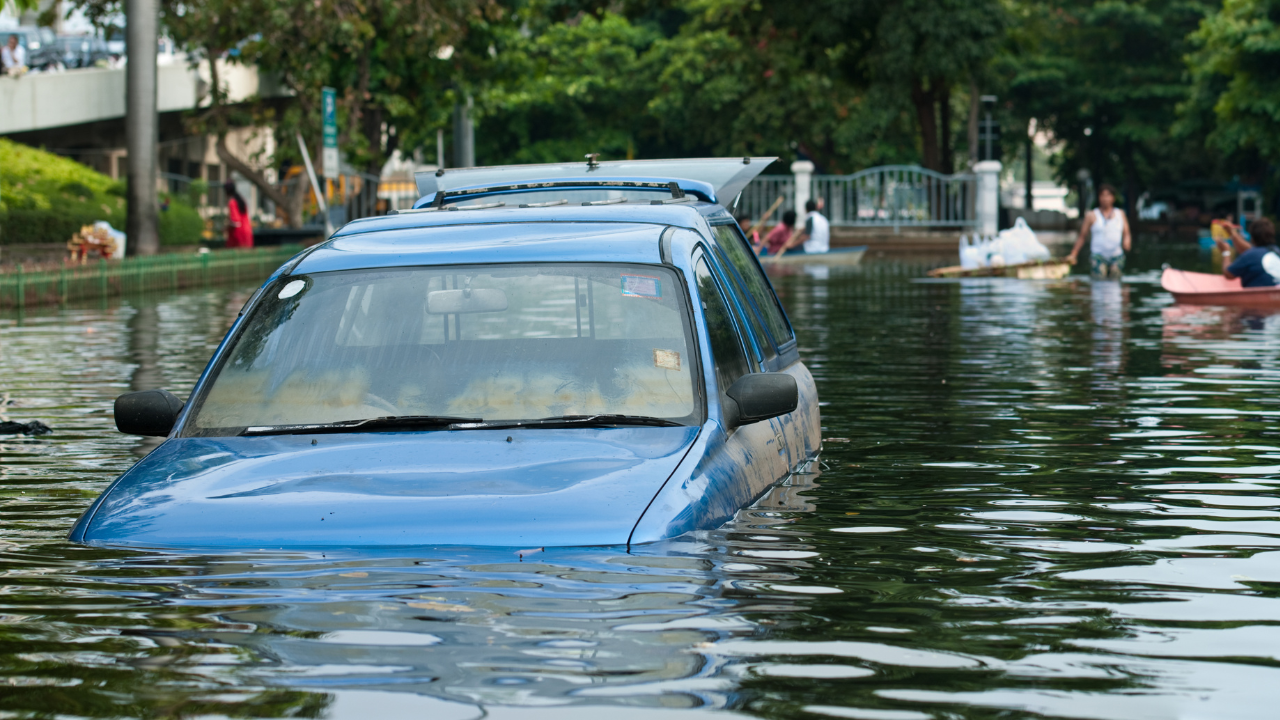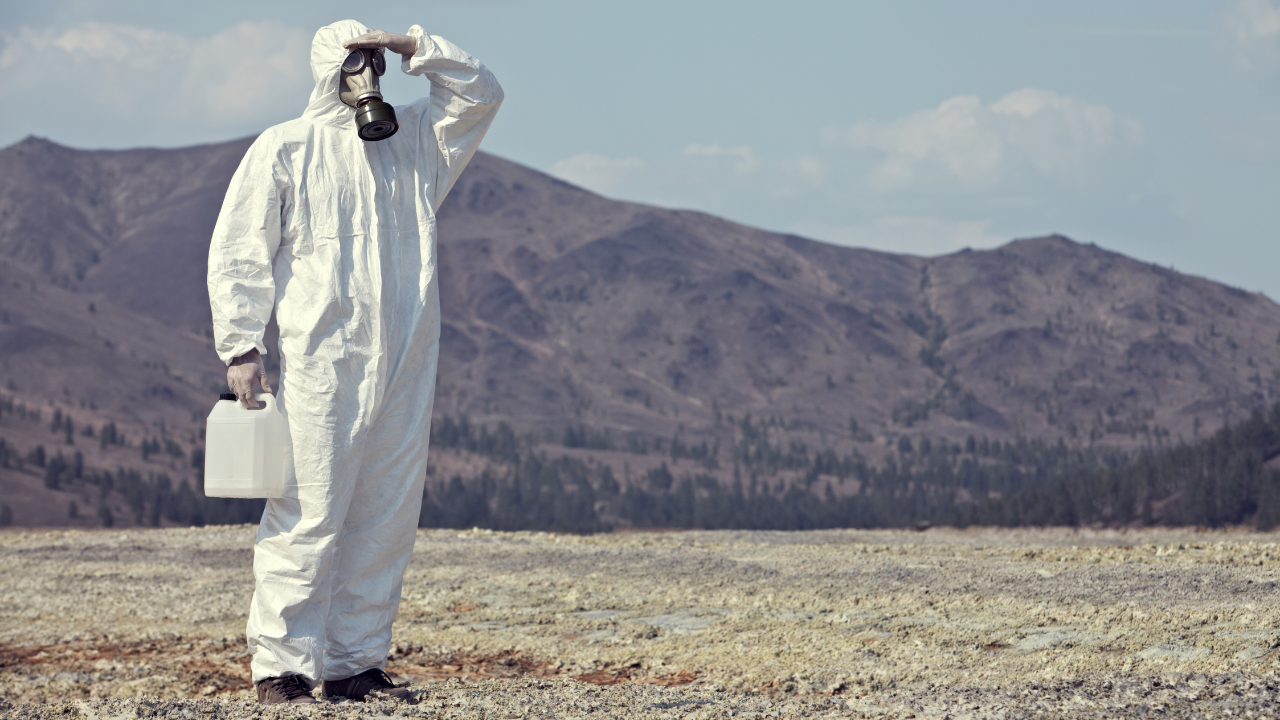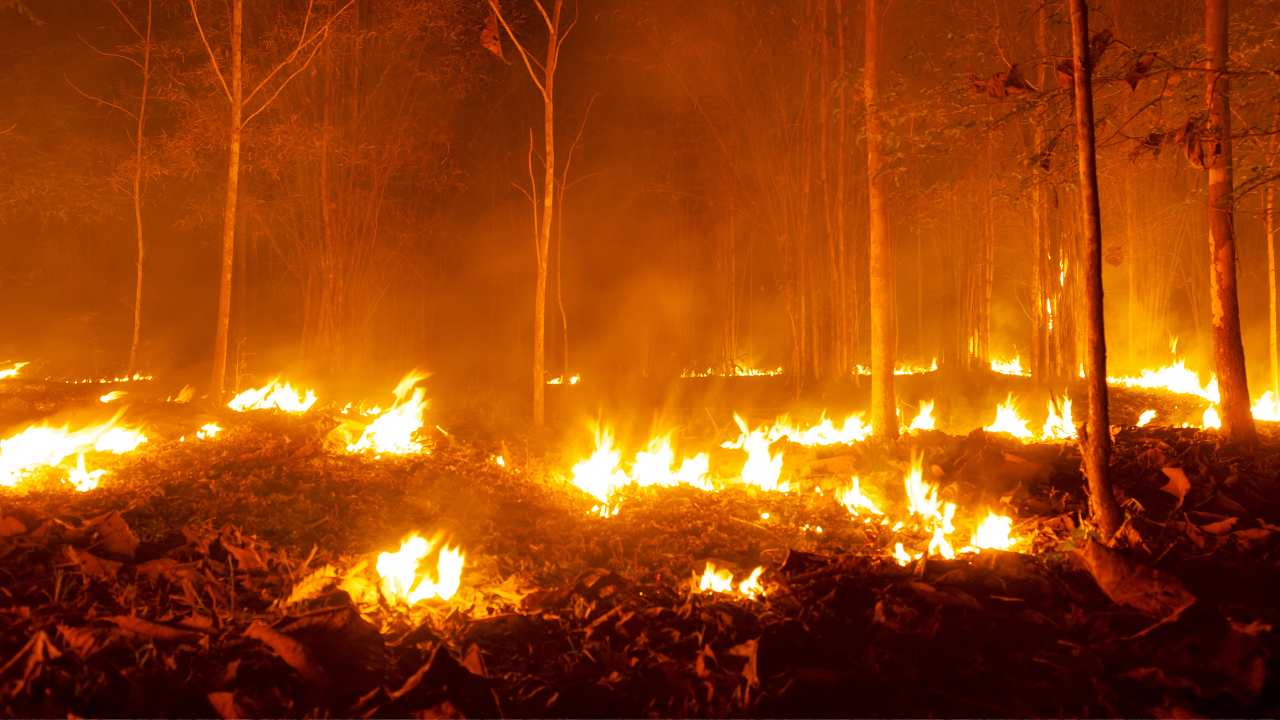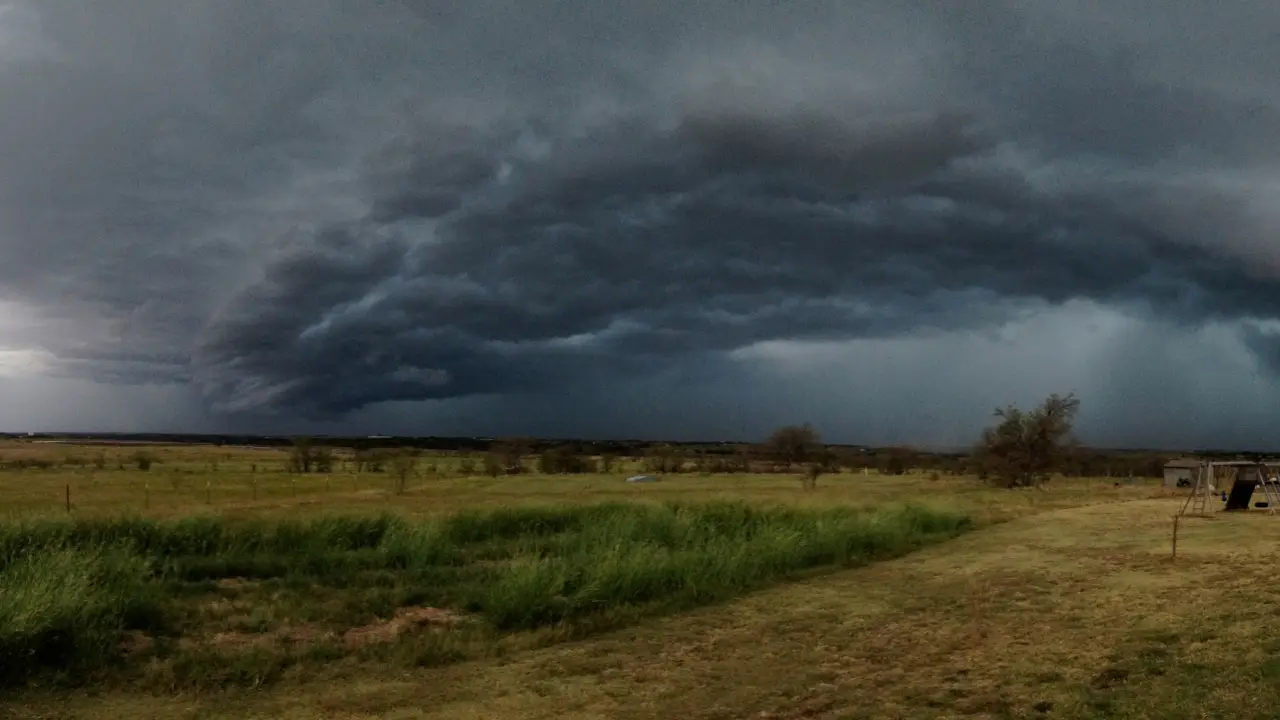- About WordPress
- Ready For Unsteady
- Customize
- 11 update available
- 00 Comments in moderation
- New
- Edit Page
- SEOOK
- Front-end SEO inspector
- Focus keyphrase: types of disasters to prepare for
- SEO score:OK
- Readability:Good
- Analyze this page
- SEO Tools
- How to
- Help
- SEO Settings
- UpgradeNew
- Duplicate Post


